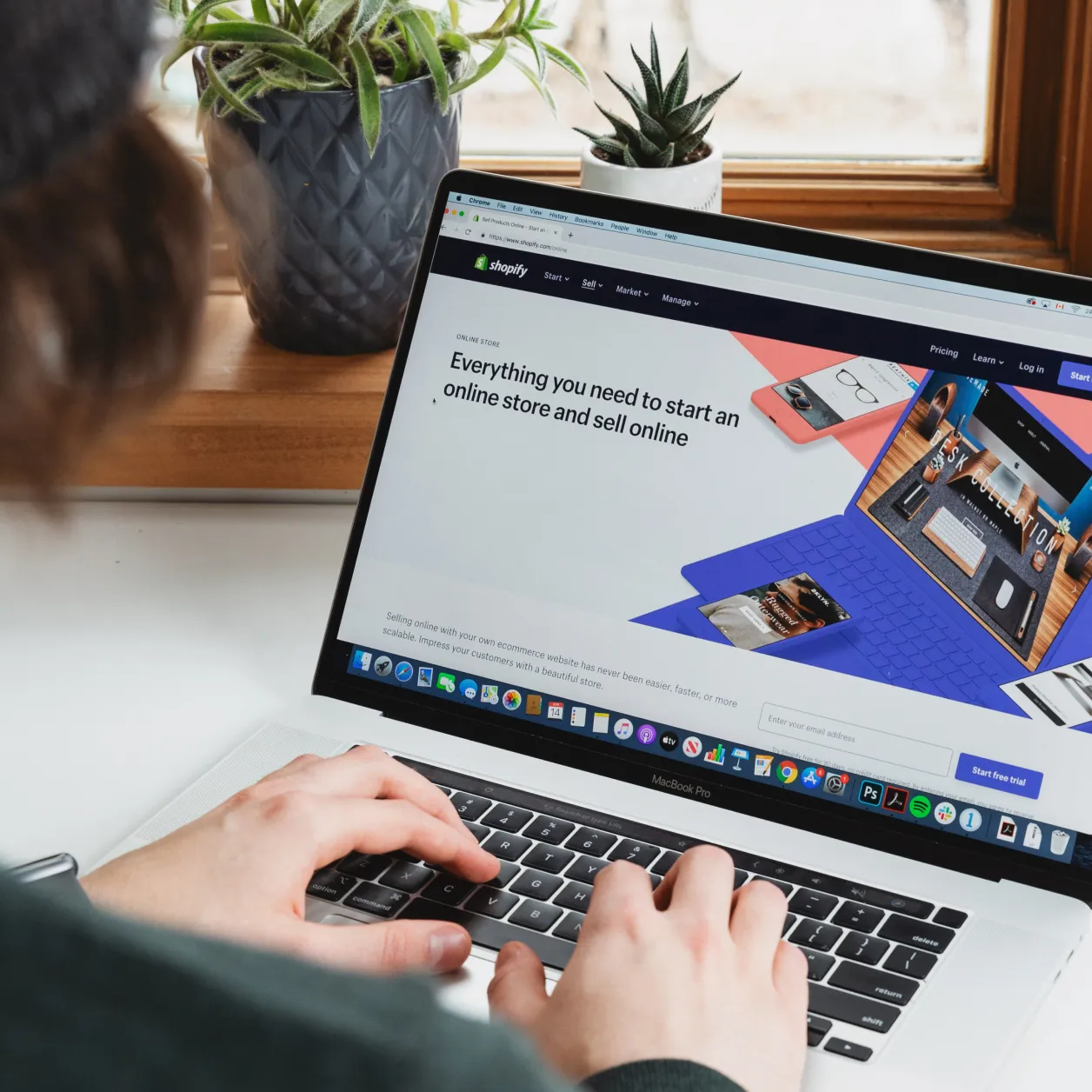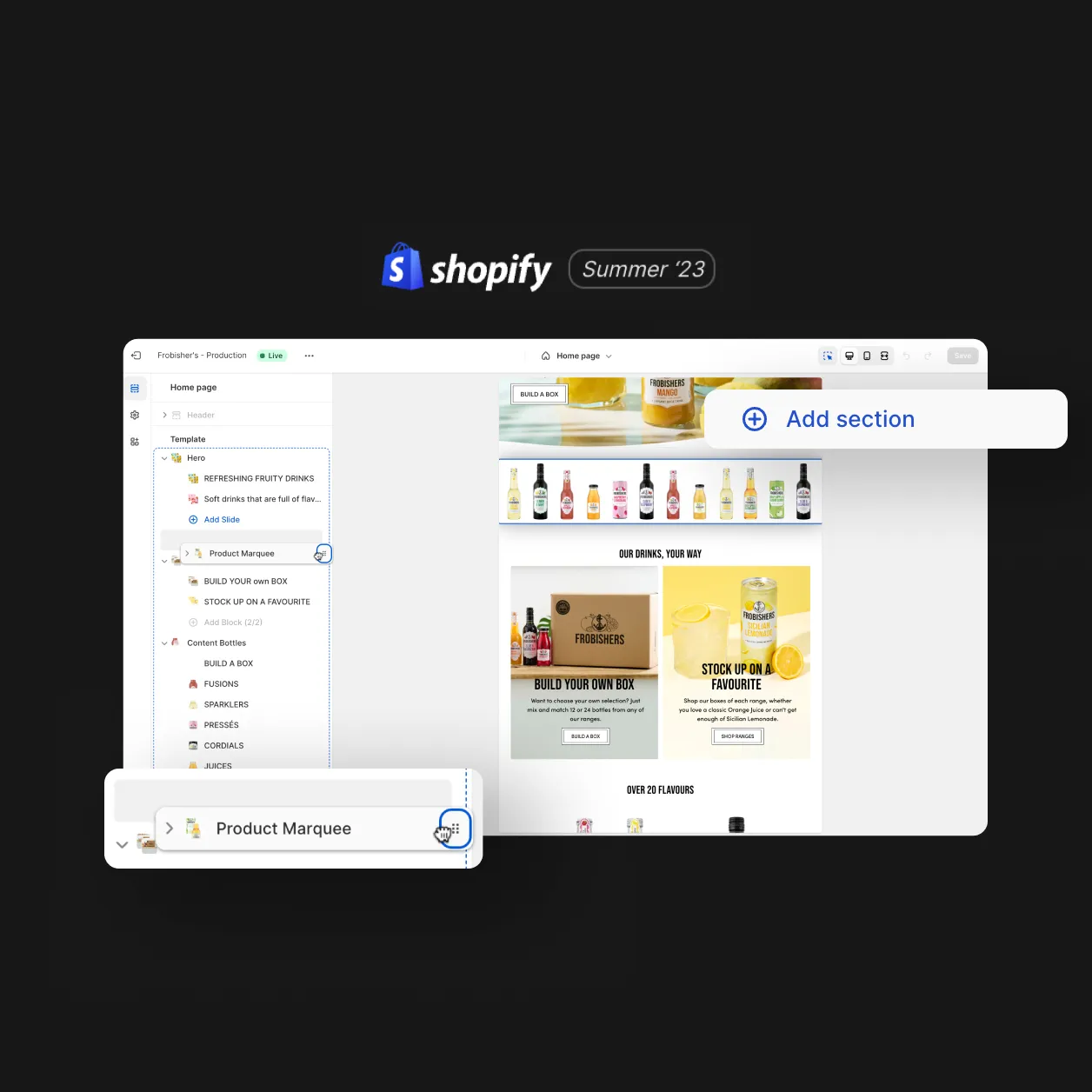
We often talk about content marketing strategy and effective content planning. Generally speaking, this gets split up into ‘evergreen’ content (content that is always relevant and doesn’t really date) and ‘adhoc’ or time-sensitive content. For example, a video that educates about a business or product is generally going to have a longer shelf life than a post tapping into the sentiment of the weather or a real-time event. When we plan content calendars, we will often take into account which pieces of content creation are long-term or short-term and this is the same principle of macro and micro-content.
What is macro content?
Macro content is best thought of as long-form content. Things that take time to produce and will be useful for a long time. This includes content like video, podcasts, IGTV or long-form written content such as white papers. Basically, things that have an ongoing purpose or value exchange for weeks/months (rather than hours or days) and can be seeded on different platforms such as your website, social media or email.
What is micro-content?
Microcontent is short-form, time-relevant content. A good example of this is social media posts, ephemeral content, an email or even a short blog post. Anything that is a quick share of content; relevant in the moment but perhaps won’t be revisited a year or even a fortnight later.
How to turn macro content into micro-content:
Creating a video or podcast can take up a lot of time and it also can take up a lot of budgets, so one tip that we always tell our clients is if you’re producing long-form videos, make sure you’re repurposing it and that you’re turning those macro-pieces of content into micro pieces of content.
For example, if you’re doing a testimonial video that might be two minutes long, you can pull several smaller snippets of 10 or 15 seconds to be used elsewhere. These short edits are perfect for channels like social media for example. The goal is to stop those thumbs from scrolling, to capture attention and give a little teaser into the full video. When you post content to IGTV, ‘sharing a preview’ is also a great example of extending macro content into micro-content.
Look at your content, pick one of the larger pieces and ask if you turn it into any of these?
- Photos / Graphics
- GIFs
- Quotes
- IG/Facebook stories
- Emails
- Blog post
- Video playlist
Each of these could then potentially be turned into 2-3 social media posts.
Both macro and micro-content are very important, you need both and this is simply about ensuring you leverage the most from pieces that consume the largest amount of resource. As with any content strategy, the plan needs layers of different types and styles of content. Our job is to help you identify what you need to allocate for effective and efficient content production and help develop the ideas that will resonate with your audience.
Design
Inspiring behaviour change through visual experiences. Our digital design services ensure instant clarity and visuals that cut-through in a cluttered market.




